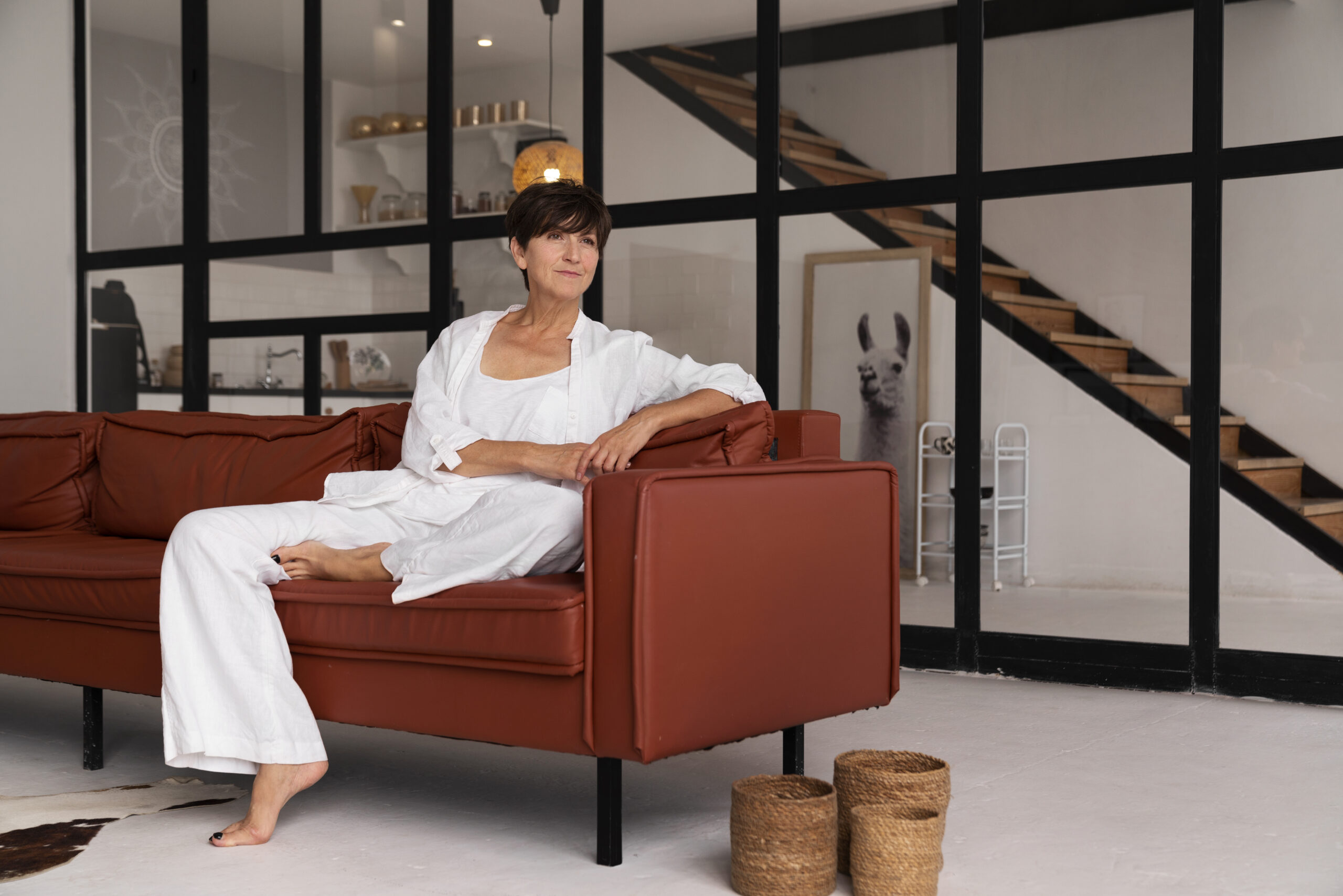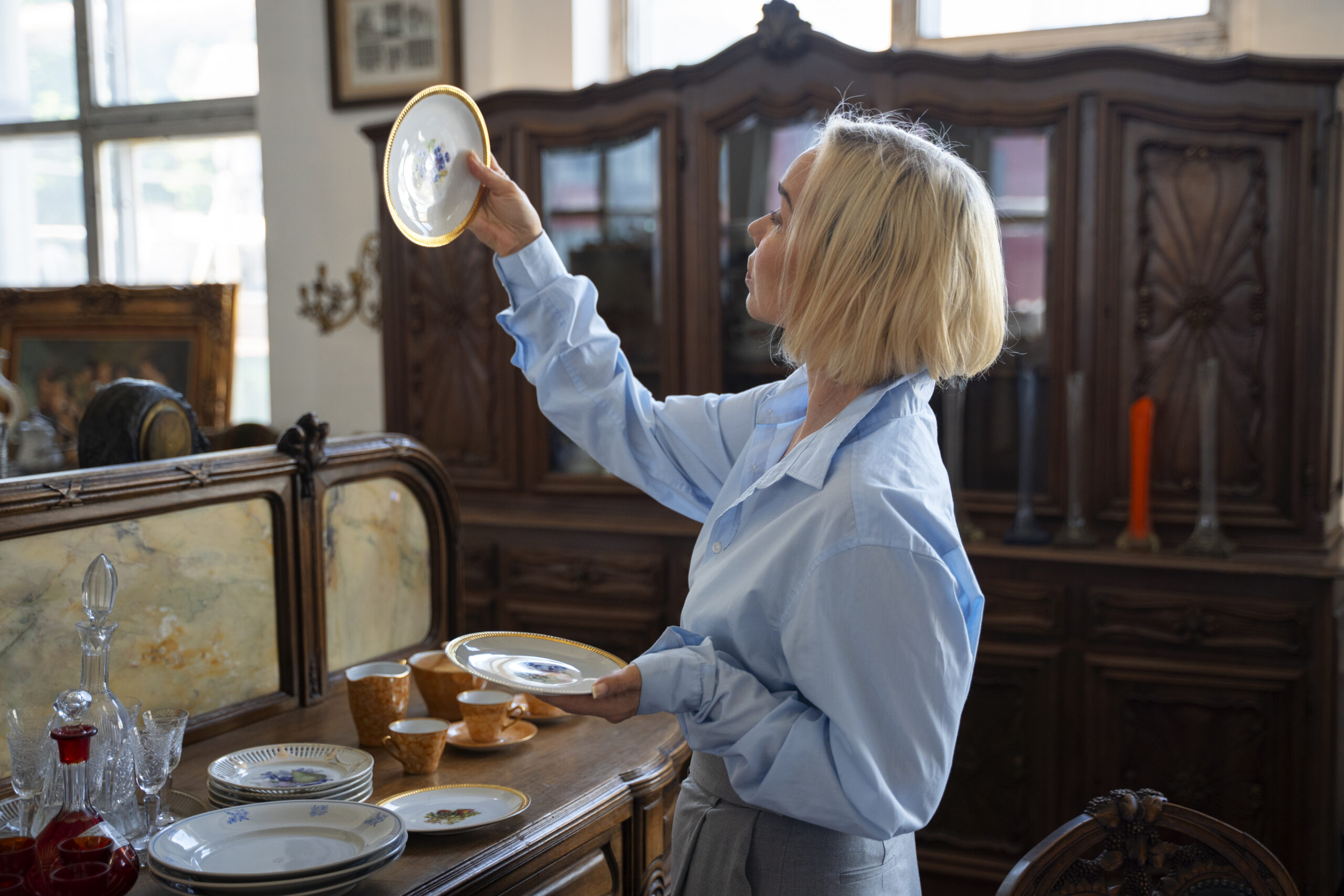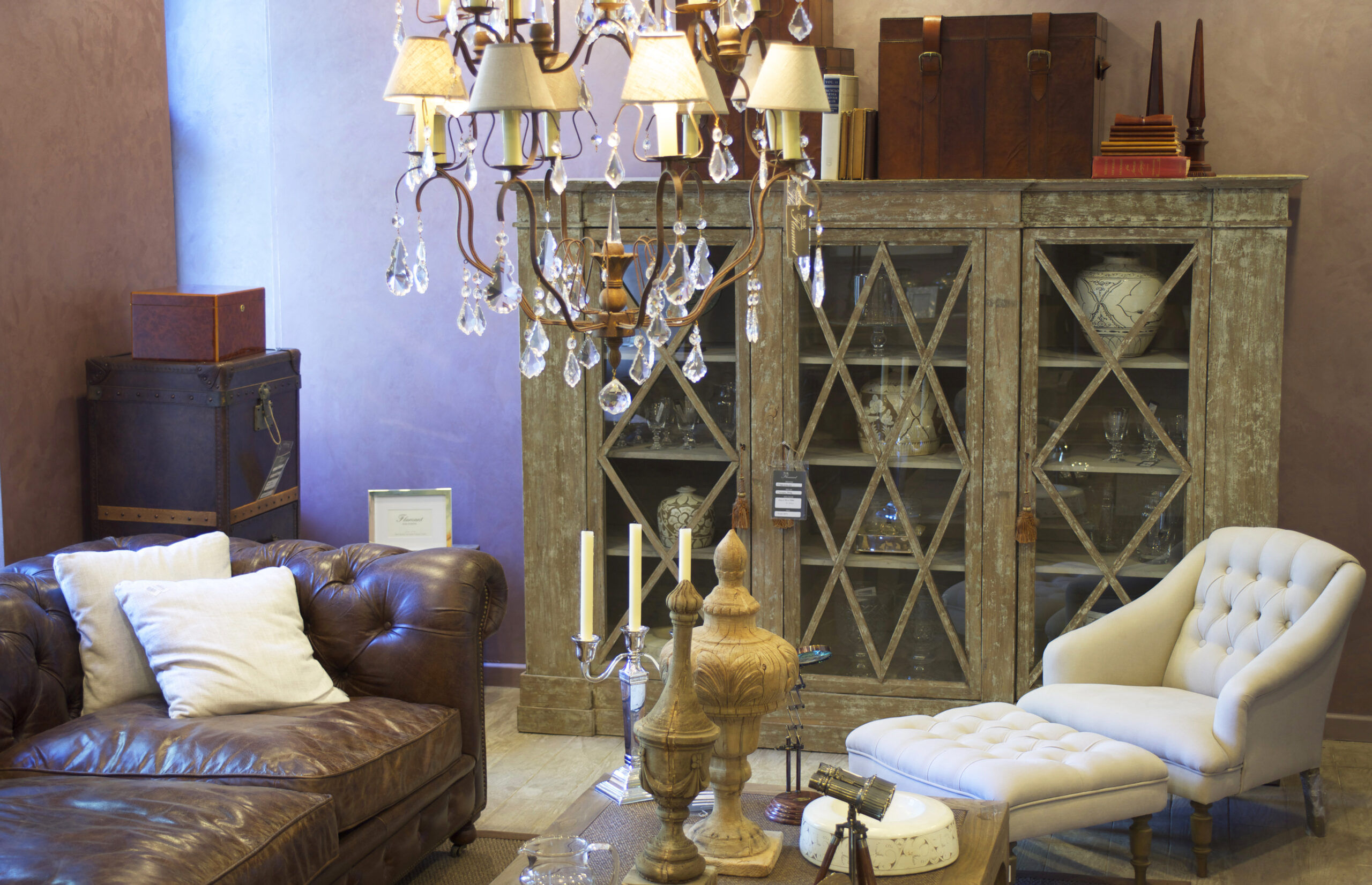As sustainability becomes increasingly important in interior design, more homeowners are embracing eco-friendly materials to create stylish, functional spaces that are also kind to the planet. From reclaimed wood to natural stone, incorporating sustainable materials into your home not only helps the environment but also contributes to healthier living spaces. Let’s explore some of the top eco-friendly materials you can use in your modern home design.
1. Reclaimed Wood: A Sustainable and Stylish Choice
Reclaimed wood, sourced from old barns, warehouses, or even salvaged furniture, is one of the most popular sustainable materials for modern homes. It brings character, warmth, and history into your space while reducing the demand for newly cut timber. Reclaimed wood can be used for furniture, flooring, accent walls, and even ceiling beams, offering a unique and timeless aesthetic.
2. Bamboo: A Fast-Growing, Renewable Resource
Bamboo is a rapidly renewable material, making it one of the best eco-friendly choices for modern design. It’s incredibly strong, lightweight, and versatile, perfect for everything from flooring and furniture to wall panels and window coverings. Bamboo grows quickly without the need for pesticides, making it an environmentally friendly option that can add a natural, contemporary look to your space.
3. Cork: Sustainable, Comfortable, and Stylish
Cork is another eco-friendly material that has gained popularity in interior design. Harvested from the bark of cork oak trees, it’s renewable, biodegradable, and offers excellent acoustic insulation. Cork flooring, wall coverings, and furniture pieces provide a natural texture and soft, warm aesthetic that works well in a modern, eco-conscious home. Plus, cork is a durable material that can last for years.
4. Recycled Glass: Eco-Friendly and Elegant
Recycled glass is a sustainable material that can be used for countertops, tiles, and decorative elements. By repurposing glass from bottles, jars, and other items, recycled glass reduces waste and lowers the need for new materials. It’s available in a wide range of colors, textures, and finishes, making it a versatile choice for modern kitchens, bathrooms, and other spaces. The sparkling, sleek finish of recycled glass can add a touch of elegance to your design while being environmentally responsible.
5. Natural Stone: Durable and Long-Lasting
Natural stone materials like granite, marble, and limestone have been used for centuries, and for good reason—they are durable, timeless, and sustainable. Natural stone is a non-renewable resource, but because it’s long-lasting and can be repurposed or recycled, it remains a sustainable option for modern design. Stone countertops, backsplashes, and flooring bring an elegant, earthy look to your home while minimizing your impact on the environment.
6. Low-VOC Paints: Healthier for You and the Planet
Low-VOC (volatile organic compound) paints are an essential part of an eco-friendly home design. Traditional paints often contain harmful chemicals that can release toxins into the air, contributing to indoor air pollution. Low-VOC and zero-VOC paints, on the other hand, contain fewer chemicals and emit fewer fumes, making them a healthier choice for your family and the environment. They are available in a wide variety of colors and finishes, so you can still achieve the aesthetic you desire while maintaining better air quality.
7. Upcycled and Recycled Furniture: Sustainable and Unique
Upcycled furniture, made from repurposed materials, is an excellent way to furnish your home sustainably. Many designers and furniture makers specialize in creating stylish pieces from old furniture, scrap wood, or other discarded items. These one-of-a-kind pieces not only reduce waste but also add a unique touch to your home that can’t be found in mass-produced furniture.
8. Wool and Organic Fabrics: Sustainable and Luxurious
When it comes to soft furnishings like upholstery, curtains, and rugs, consider using wool, organic cotton, or linen. These materials are grown without harmful pesticides or chemicals and are biodegradable at the end of their life. Organic fabrics are gentle on the environment and on your skin, offering a healthier and more sustainable option for your home.
Final Thoughts
Eco-friendly design is no longer just a trend; it’s a conscious movement towards a more sustainable way of living. By incorporating materials like reclaimed wood, bamboo, and recycled glass, you can create a modern home that is as stylish as it is environmentally responsible. Sustainable design not only reduces your carbon footprint but also improves the quality of your living space, creating a healthier and more comfortable environment for you and your family.



